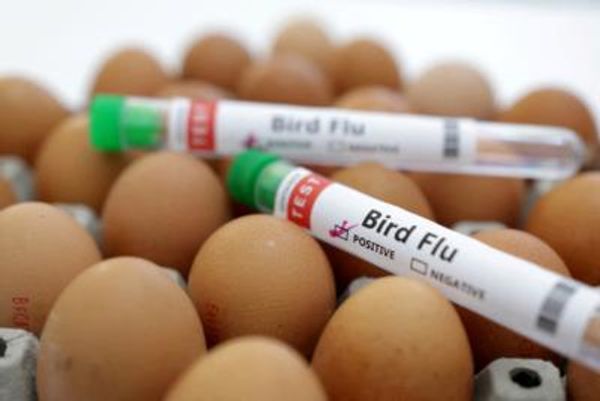Late winter to early spring is the best time to prune trees and shrubs. With the exception of evergreens, plants are still dormant during this window, so the stress that pruning imparts will not disrupt fruiting, flowering or the growing cycle. Plants also are approaching their emergence from dormancy, so they'll soon begin actively growing and healing from their pruning wounds. March is pruning's sweet spot.
Why prune? The most common reason is to remove damaged or broken branches to prevent injury to people and property in the event of strong wind that could rip them off and send them hurling toward you, your roof or your neighbor's car. But pruning also is necessary to maintain the form, habit and even health of many plants. This type of pruning is called "selective pruning" because you are selecting specific branches to shorten or remove.
Another pruning style, "rejuvenative pruning," typically refers to cutting an entire shrub down at its base, either all at once or incrementally, with the intention that it will grow back with an improved shape, form or habit _ and rejuvenated health. This column focuses solely on selective pruning.
Handheld pruners will suffice for cutting thin branches and should be used to remove dead and diseased wood and crowded or crisscrossed limbs; you'll need a saw for branches with a diameter of 1 inch or more. For those larger branches, never make a flush cut, which would result in a larger wound than necessary and risk inadvertent removal of the tree's branch collar (the swollen area just outside where a branch meets the trunk).
Here are some common plants that would benefit from selective pruning:
_ Narrow-leaf (needled) evergreens: Always remove more from the top than from the bottom, so that the bottom remains wider than the top. This will allow sunlight to reach the base of the plant. Take care not to overshear or make cuts that will create holes in the sides of shrubs or trees; with the exception of yews, they will never fill in.
_ Hedges: As with needled evergreens, the bottoms of hedges must always remain wider than their tops. If the plant thins out at the bottom, the only way to correct it would be to cut the entire hedge down to 6- to -8 inches from the ground and wait for it to grow back. That can take a long time, during which your privacy/living fence/property line definition/(insert other reason for having hedges here) will be nonexistent.
_ Broadleaf evergreen shrubs: These can be selectively pruned year-round, but rejuvenation should never be attempted. Rhododendrons and mountain laurels should be deadheaded immediately after flowering, but only if plants aren't full enough. Waiting even a week will negate the benefit, and plants will remain spindly for yet another year.
_ Lilacs and similar spring bloomers: Wait until after blossoms drop; pruning these now would remove flower buds necessary for the big spring show.
_ Forsythia: Prune annually immediately after blooming.
_ Spirea and weigela: Prune every two to three years in late winter or early spring.
_ Butterfly bush (Buddleia): Cut to within a few inches of the ground every year in early spring. Don't worry: As long as plants are healthy, they'll grow back and bloom in summer. Never cut these back in fall or there's a very strong likelihood they will die.
_ Note these exceptions: So-called "bleeder" trees _ maple, birch, dogwood, elm and walnut _ should not be pruned until after they leaf out in spring. Pruning now won't necessarily harm them, but the excessive sap that will ooze from wounds will be unsightly and can stick to walkways or objects below.
THE THREE-CUT METHOD
For branches with a diameter of 1 inch or more.
1. Cut the branch halfway through from underneath, a few inches from the trunk.
2. Move your saw a few inches farther out on the branch, away from the trunk, and cut the whole branch off from the top. This lightens the weight of the branch during the cut and prevents tearing damage.
3. Make the third and final cut just outside the branch-bark ridge (or collar) sawing through the entire branch to the outside of the collar. If you were to make this complete cut without having done steps 1 and 2, the weight of the branch would cause it to rip just before separating, and the tree would have a difficult recovery and a larger area through which disease could enter.







